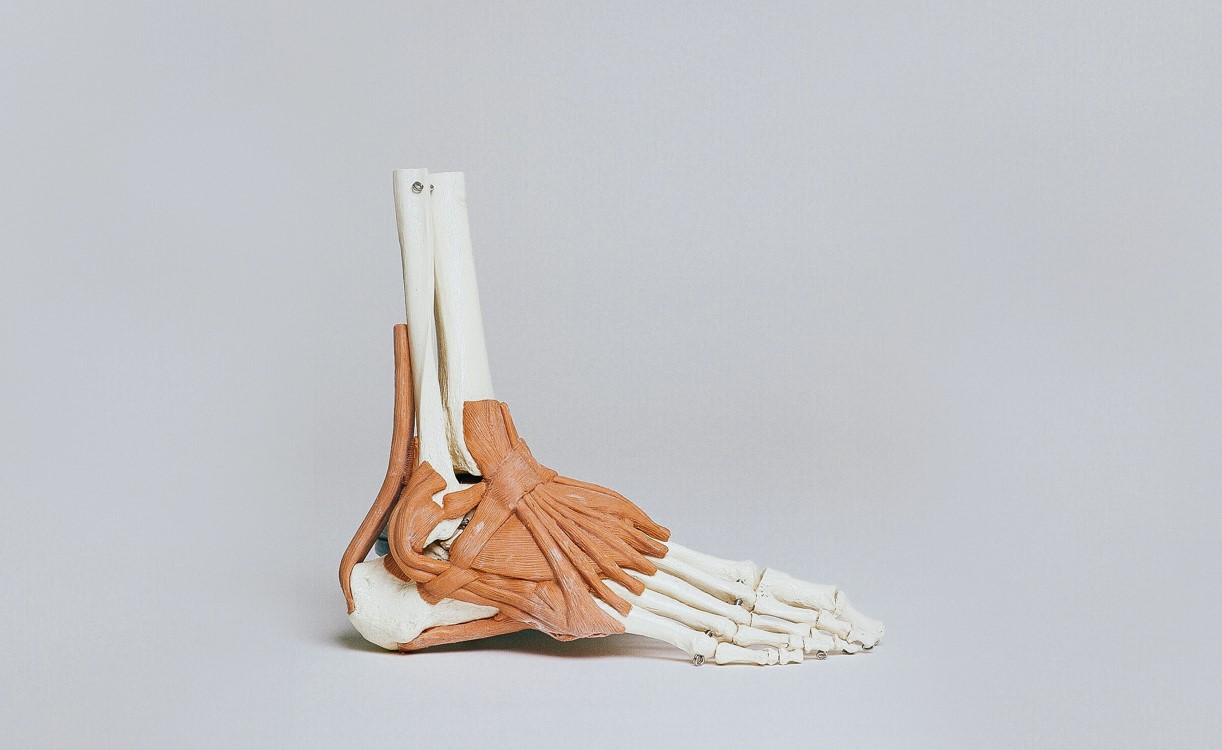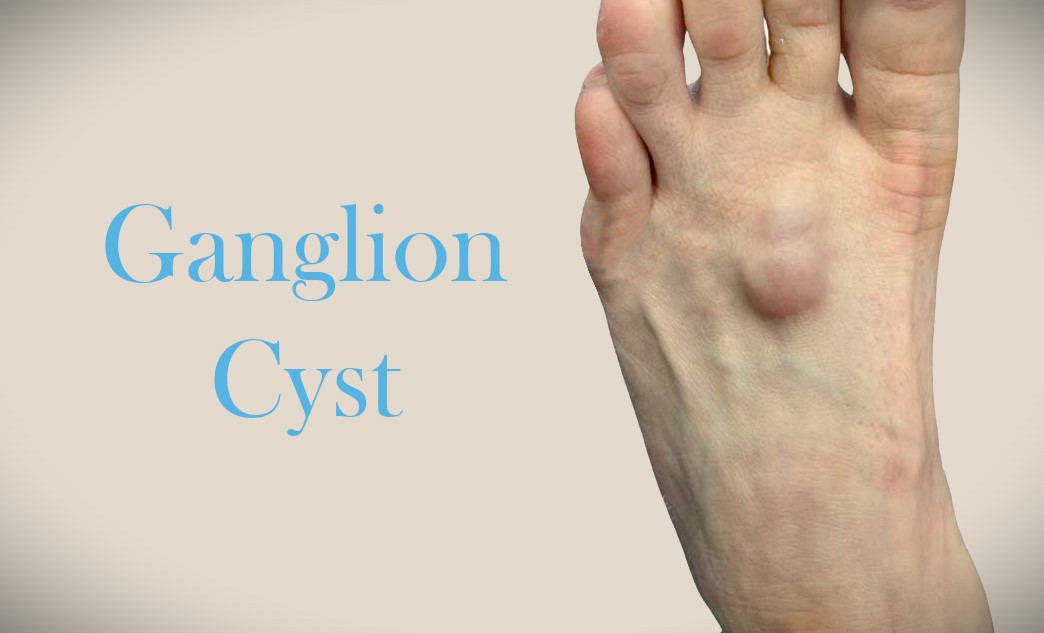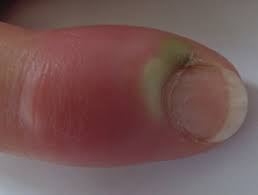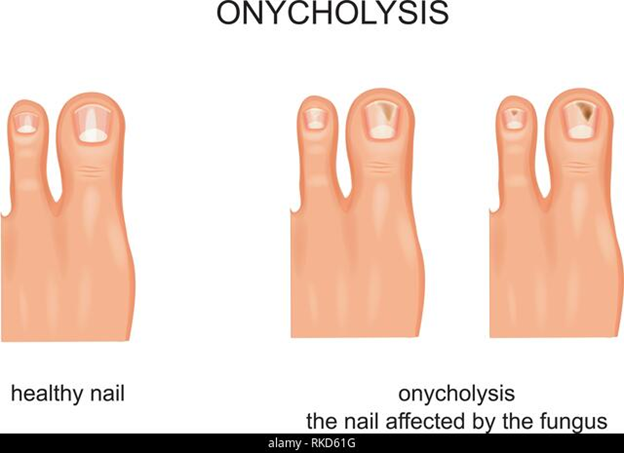Everything You Need to Know About Heel Spurs
Heel spurs are a somewhat common condition that can affect all kinds of people. Here, we’re going to answer some of the most common questions we’re asked about heel spurs at our podiatry clinic.
Keep reading to learn more.
What is a heel spur?
A heel spur is a boney spike like growth that can form on the weight bearing (Plantar) surface of the heel bone (Calcaneus). They can vary from only a few millimeters long to more than a centimetre in length.
What causes heel spurs?
The main cause of spur formation is long standing irritation and traction from where the plantar fascia attaches to the heel bone.
This process is similar to how extra rubbing on skin makes the skin thicken and callous – bone responds to long term irritation by thickening up. This long-term tension and irritation cause the body to lay down extra bone at the site of the irritation and this extra bone can build up to become a spur over time.
The traction and tension that leads to spurring is particularly common in flat feet or feet that pronate heavily and abduct. This movement causes a lengthening of the plantar fascia and therefore tension on where it attaches to the bone. Think of this like pulling on a rope tied to a tree.
In an attempt to reduce this stress, the body shortens the distance the fascia is stretching over by laying down extra bone to shorten the distance the plantar fascia must stretch. This extra bone is what we know as the heel spur.
What do heel spurs feel like? Are they painful?
In most cases no.
A large number of people particularly those 50+ years of age will have heel spurs and be blissfully unaware, as they will be causing them no pain at all.
Even when people with heel spurs experience pain, it is unusual that a heel spur is the true cause of heel pain. They can however create pain by fracturing and growing into nearby soft tissue structures. In this case you will feel pain in the area of the spur that may feel like a bruise, a deep ache or if it is affecting a nerve even a shooting pain.
Are they causes by other foot conditions?
There is a common link between plantar fasciitis and heel spurs but not in the way most people tend to think of it.
While not the only possible cause of plantar fasciitis, collapsing of the arch and overpronation can lead to lengthening and irritation of the plantar fascia. This lengthening applies a traction to the heel bone creating irritation and possible plantar fasciitis and also potentially the formation of a heel spur, but it will probably not be the spur causing any symptoms you experience. In this way heel spurs and plantar fasciitis can go hand in hand, but the heel spur is not actually causing the plantar fasciitis.
Are there any people more susceptible to getting them? And Why?
Heel spurs are a common ailment but most people that have them won’t have any symptoms and as such will likely never find out that they have one, or even two maybe!
They are an ailment that accumulates gradually, so they are more likely to be present as we age over time. As discussed earlier we believe they are linked to traction forces from the plantar fascia, this means that if the fascia is under tension and stress regularly, they are more likely to form. So, people with risk factors that increase plantar fascial tension are the most likely people to end up with a heel spur. This includes people who frequently wear unsupportive shoes, people with flatter feet that pronate more than most, and people who are on their feet a lot particularly on hard surfaces, like concrete, will also be at greater risk.
Can heel spurs be prevented?
You can definitely reduce your chances of getting a heel spur in the future. Some of the best way to reduce your chances of getting a heel spur are:
- Wear the right types of shoes: wearing the right types of shoes as often as possible that support your feet properly is a great way to minimise the risk of heel spurs. This is done by going to high quality shoe stores that fit the right type of shoes for your feet
- IF NEEDED use orthotics: this won’t be a therapy everyone requires by any means but if your feet are collapsing or pronating heavily when you walk it is worth getting assessed to see if you require orthotics. This type of early assessment means that if orthotics are required for your foot type you can use them not just to reduce an injury but prevent one like heel spurs
- Keep your feet strong exercises that keep the muscle that control pronation like tibialis posterior strong and robust minimise the damage over pronation can cause this type of treatment can mean avoid needing orthotics and some of the conditions this type of muscular weakness can contribute to like heel spurs
Unfortunately, some things are outside of our controls. The following risk factors may not be able to be controlled by you:
- Genetics: probably the least controllable risk factor of all, like every other body part, a lot of the shape and function of our feet is subject to the genes we receive. This will dictate the shape of our foot and the way it moves in some cases we will inherit a foot prone to conditions like heel spurs. Unfortunately, there is not much we can do about this other than seek treatment for problems as they arise
- Work and hobbies/activities while we have a degree of control over these things, often it is not practical to change them for the sake of problems like foot conditions. Certain fields of work will mean we encounter particular shoes and surfaces that may make us more susceptible to heel spurs. In this case it is probably likely we just resolve problems as they come up.
How does a podiatrist diagnose heel spurs?
The easiest way to work out if you have a heel spur is with a simple x-ray. Spurs show up very clearly on these scans and are easy to diagnose.
It is worth noting that they can be a bit of ”trap” diagnosis and are often not the cause of your pain. This is why we often organise an ultrasound at the same time to check for other more likely issues, like plantar fasciitis, nerve entrapments and tendon injuries.
What treatment options are available for heel spurs?
The selected treatment will depend on what the cause of your pain is but could include options like:
Rehabilitative exercises
These are programs that have been designed to help create mobility and strength can help overcome some of the weaknesses and deficiencies that lead to heel pain/spurs in the first place. We can help build such a program through you through our digital physitrack program.
Hot/cold therapy
Hot and cold therapies can be used to limit swelling and inflammation or to stimulate blood flow. Both options can play a great role in helping with musculoskeletal injuries like heel pain/spurs. As a rule, heat is used for old injuries where healing is being encouraged and cold for more acute injuries but we can help guide you through this.
Changing your running and exercise habits
Your running and walking technique, which is influenced by the shape of our feet and the way we use them, can have a huge say in creating plantar fasciitis injuries. We have a digital gait room at one of our podiatry clinics that we use to analyse your gait and help identify any problems that may be contributing to your plantar fasciitis
Shockwave therapy
Shockwave therapy involves using a therapy unit on the site of the injury to stimulate new healing and blood flow. You can learn more about the benefits of shockwave therapy here.
K laser therapy
K laser therapy involves using photobiomodulation via UV frequencies on chromophores(specific body cells) to create positive healing changes. This can include stimulating blood flow, increasing collagen production, stimulating and boost cell production. There are only a handful of K lasers available in the state and we are lucky enough to have one at our clinics. You can learn more about K laser here.
Dry needling
Dry needling involves using acupuncture needles on trigger points or “knots” to help release muscle tension and tightness. We know tightness and tension in certain muscles of the body can result in heel pain/spurs these are the ones we target during treatment. We have more information on dry needling available here.
Orthotics
Orthotics are shoe inserts that can be placed in footwear to correct and realign the foot and improve its dynamic function. They come in a variety of styles and materials and can be used to great effect on heel pain/spurs. To find more information on orthotics read this.
Moon boots
Moon boots are a rigid plastic boot that can be used similarly to a plaster cast to immobilise and offload the foot. They are great when an injury is too severe to continue to walk on and needs a period of rest. They can be used in heel pain/spurs in more severe cases. Learn more about moon boots here.
Taping and strapping
There are number of taping and strapping techniques we can employ that help support the heel pain/spurs and reduce stress on the area to reduce symptoms.
Topical NSAIDs and AI’s
Topical NSAIDS and AI’s including things like arnica, fisiocrem or voltaren they can be very handy when applied to the area affected by heel pain/spurs for managing symptoms
Discussing footwear changes
Wearing the wrong kind of shoes can be contributory and, in some cases, the sole cause of heel pain/spurs. We can help discuss whether you are wearing the right types of shoes of whether it is time for a change.
Massage
Self-massage using a spikey therapy ball can be a really good way of reducing heel pain/spurs we have these available for purchase at our clinics.
Cortisone injection
Cortisone injections guided under ultrasound can be very helpful for more severe cases of heel pain/spurs. Whilst these are performed currently by our team, we can help steer you towards someone who can provide one if we think that is the best course of action.
Surgery
It is rare that heel pain/spurs ever requires surgery but in some very stubborn and difficult cases this ends up being the last resort. We have access by referral to some of the best surgeons in the country and can help work through this with you if need be.
Do you have to treat a heel spur or can you leave it?
Very often you don’t need to treat a heel spur but it is always a good idea to check that they aren’t likely to contribute to another issue at a later date.
In most cases spurs will not be the cause of the pain you experience in a sore heel but there will be another reason for your pain.
In this instance we recommend booking an appointment to see us, if you’re in Melbourne’s East area, to get assessed thoroughly to work out exactly what is causing your pain. Our clinics have all the tools to help diagnose the cause of your pain like gait analysis equipment and there to cure it with treatment options like exercise management, laser therapy, prolotherapy, shockwave and orthotics all on offer at our sites.
Can you get spurs in other areas of your feet?
Yes! Spurs can form at nearly any boney joint. Some of the more common spots to see spurs on the foot besides the weightbearing part of the heel are:
- On the back of you heel near your achilles (haglunds deformity)
- On the top and bottom of the middle on the inside of your arch. This is normally from bone jamming or the collapsing of the arch over time.
- On the top of the 1st metarsophalangeal joint (the joint that makes your big toe go up and down.
All of these can cause problems in their own way and are worth assessing to see if treatment is required.
Visit our podiatry clinic in Melbourne
If you’re looking for a podiatrist to check out your heel spur or any other foot condition, we’re here to help you. We’re in Melbourne’s Eastern suburbs, with clinics located in Croydon, Healesville, Kilsyth and Mooroolbark. Our highly experienced team is here to help you take care of your feet today.
Call us on 03 5901 2216 or book online here.





